
|
|
#1 |
|
Участник
|
Sumit Potbhare: Auditing Business Process| Standard Retail Outbound Needs | Approach to D365 for Commerce with Adv WH Mgmt
Источник: https://sumitnarayanpotbhare.wordpre...h-adv-wh-mgmt/
============== Hi Guys, Hope you have read my previous post where we discussed the last step in the process of shipping a carton via small parcel in the Outbound side of a Retail Warehouse and that is Manifesting. In this blog, we are going to discuss one of those unique requirements of Retail Warehousing, but it’s not as common as some of the other things such as personalization or manifesting, and that is Auditing. 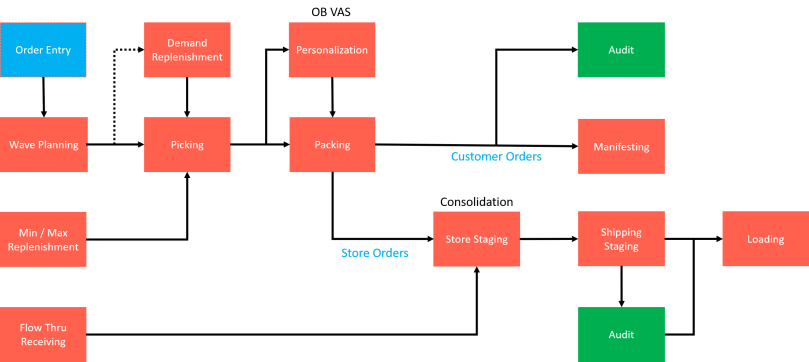 When someone packs out an order, you would like to think they would do it correctly; that they would ensure the right products were actually in the box before they sealed it up. They would like to make sure that the picker actually picked the right items and put it into the box. But that doesn’t always happen. The typical packing accuracy, even when you’re scanning items into the box, is somewhere around 99%, if you’ve got a good packer. And that’s because there’s lots of things that can happen such as products can be mislabeled and they didn’t recognize it or there were supposed to be two units and there was only one unit but they scanned the same unit twice to verify, as a shortcut. There’s all kinds of little things that or shortcuts that can be taken, that can burn you. And as a result you can have packages going out that don’t have what they’re supposed to have in them. Auditing is designed around this idea that happens, and you need to identify which packers are having those kinds of problems. And so you statistically audit the packers periodically to make sure that the stuff that they packed is correct. When someone packs out an order, you would like to think they would do it correctly; that they would ensure the right products were actually in the box before they sealed it up. They would like to make sure that the picker actually picked the right items and put it into the box. But that doesn’t always happen. The typical packing accuracy, even when you’re scanning items into the box, is somewhere around 99%, if you’ve got a good packer. And that’s because there’s lots of things that can happen such as products can be mislabeled and they didn’t recognize it or there were supposed to be two units and there was only one unit but they scanned the same unit twice to verify, as a shortcut. There’s all kinds of little things that or shortcuts that can be taken, that can burn you. And as a result you can have packages going out that don’t have what they’re supposed to have in them. Auditing is designed around this idea that happens, and you need to identify which packers are having those kinds of problems. And so you statistically audit the packers periodically to make sure that the stuff that they packed is correct. Now, lets say that you will do this for store shipments as well as e-commerce orders. So you have to have some way of, say, auditing the shipments going to a store before they go out. As far as the layout blueprint goes, you’re going to find that the auditing will take place after packing, before you end up loading it but after staging.  So it can go from packing to audit, it can go from store staging to audit. Also there’s some places, that will send picking carts to audit to try to keep a statistical sample of each picker’s accuracy so that if there are pickers that are having problems, you can identify that through a formal audit process. But let us go into some more details about e-commerce auditing and brick-and-mortar store auditing. So it can go from packing to audit, it can go from store staging to audit. Also there’s some places, that will send picking carts to audit to try to keep a statistical sample of each picker’s accuracy so that if there are pickers that are having problems, you can identify that through a formal audit process. But let us go into some more details about e-commerce auditing and brick-and-mortar store auditing. Auditing Requirements | eCommerce When it comes to requirements that are needed to support auditing, you really need to think about the requirements for e-commerce a little bit differently from the brick-and-mortar stores. Fairly select packages When it comes to e-commerce, the first thing that’s important about auditing is that you fairly select packages to be audited. You need to be able to select, say, 2 percent of each packer’s packages randomly if possible. So you will see in places that do auditing, it is a statistically driven process. They will do things such as print some little symbol or some barcode or something on the shipping label that will indicate to, say, the manifesting person that this is something that needs to be audited so it needs to be set aside or something of that nature. But it does need to be a fairly random sample so that you get a decent number of packages of varying sizes, whether they were lots of units in them or just a few units. Sometimes they try to do this at the discretion of the auditor just to reach over and grab something. But when you do that, the auditor will pick all the packages that don’t have many units in them because they don’t have to spend a lot of time scanning. Especially if the auditing person is paid based on the number of orders they audit. Confirm they are complete by scanning items  So the second requirement that you’ll see in auditing of e-commerce orders is that there needs to be some way to scan each of the items that are in that box to verify they really are present there. So when the package comes over, you do just like this woman in this photo, she’s going to cut open the package, she’s going to pull out the items and then pass them under a scanner to verify they really are there, record the results of the audit, then seal the package back up and generate a new carrier compliance label and throw it back onto the truck. So that’s the process. Auditing Requirements | Brick & Mortar Let’s talk about the requirements for auditing the brick-and-mortar orders. Now, if you’re going to ship to your stores using an LTL carrier or your own trucks, the auditing process typically takes place down on the dock where it’s staged behind a given dock door before it starts loading. 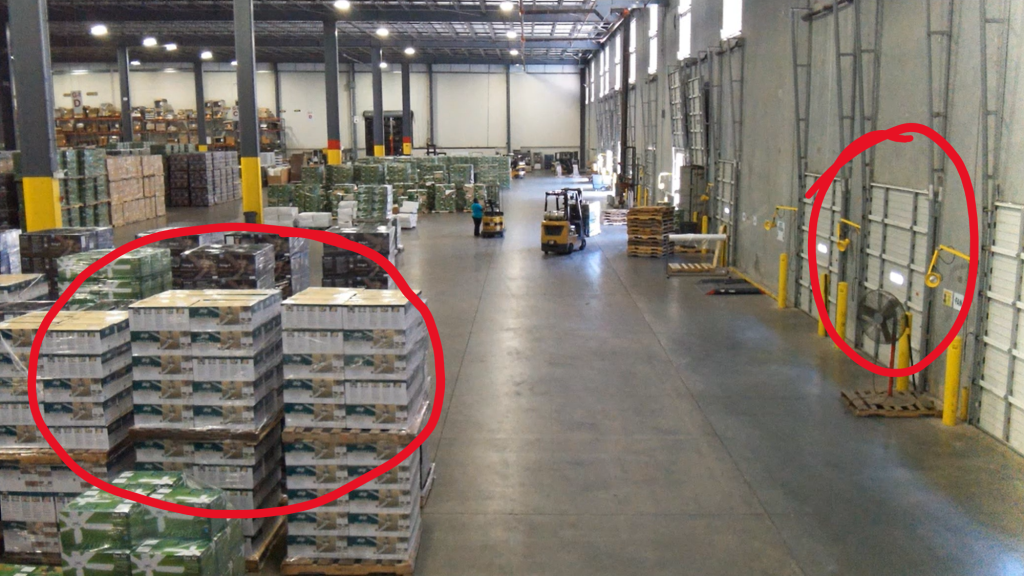 Check shipment accuracy Check shipment accuracyIt depends on the philosophy of the retailer and usually the importance of getting accurate store shipments and also the value of the product. There are two ways to audit. Unit Level Audit  First is the unit-level audit. And the unit-level audit is just like you would see with the e-commerce auditing. They’ll take a store carton like this and they will break it up or open it up and scan each individual unit that’s inside to verify that it is indeed what it’s supposed to be so that what’s going to the stores is really, really accurate. License plate Level Audit 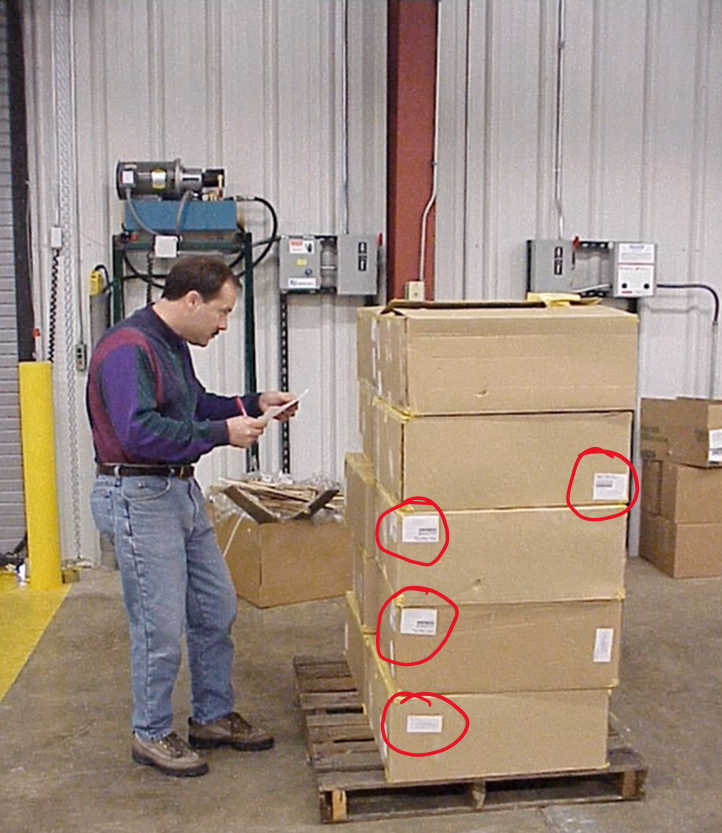 The second type that’s probably more common with retail stores, because you’ve got to realize what’s different between, say, shipping to your stores versus shipping to a consumer is that if you happen to mess up and ship the wrong items to the store, then at least it’s still in your company, whereas if you mess up and send something to a consumer, like you send them two units instead of one, then that money is gone. 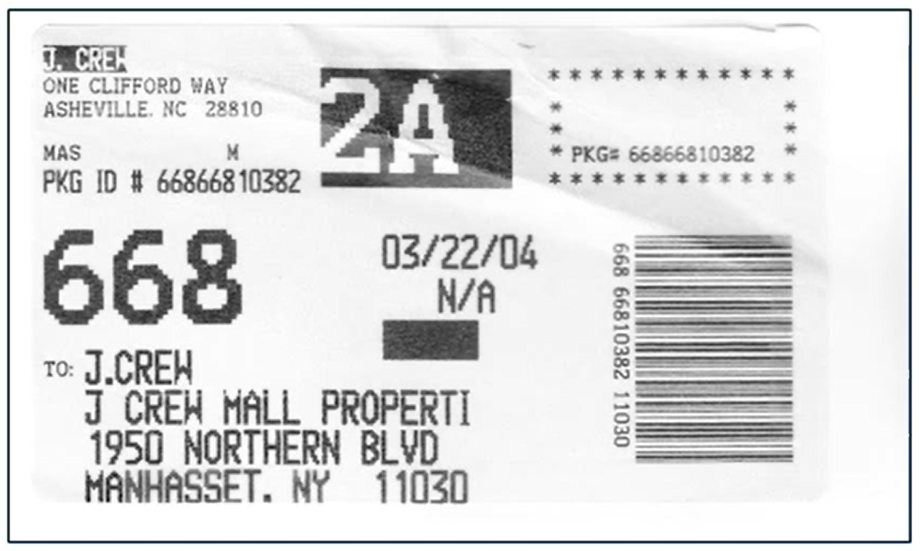 And so what you’re doing is you’re just scanning to make sure that all of the license plates that need to go to a given store are actually on that pallet and stage ready to load. So you’re just scanning the license plates instead of opening up the boxes and scanning the individual units. So with e-commerce you got to check at this unit level. Whereas when you’re shipping to your stores, it’s more common to check at what is called the license plate level. Analyze & Document results  The other requirement beyond just checking that the order is complete is that you want to record this data somewhere so that you can analyze it later. There needs to be some way to go back and clarify what was the accuracy of a shipment that was sent to the store, can you show that these boxes actually were staged there before they actually went to the store. Can you tell me which, say, packers packed stuff that never showed up or what items that might have been packed that weren’t actually in the boxes later. So you need some way of documenting this so that you can query and run analyses on it later. So that’s the second requirement of brick-and-mortar auditing. So that’s it in terms of Auditing Business process or requirements at the Outbound side of the Retail Warehouse. I hope you got a better understanding from a requirements perspective about Auditing process, that’s what you should expect a Retail Warehouse manager to be asking about. In the next blog, we’re going to look at how the cartons get to the brick-and-mortar stores using the process Store Staging where they’re actually loading those store cartons onto trucks going to the stores. 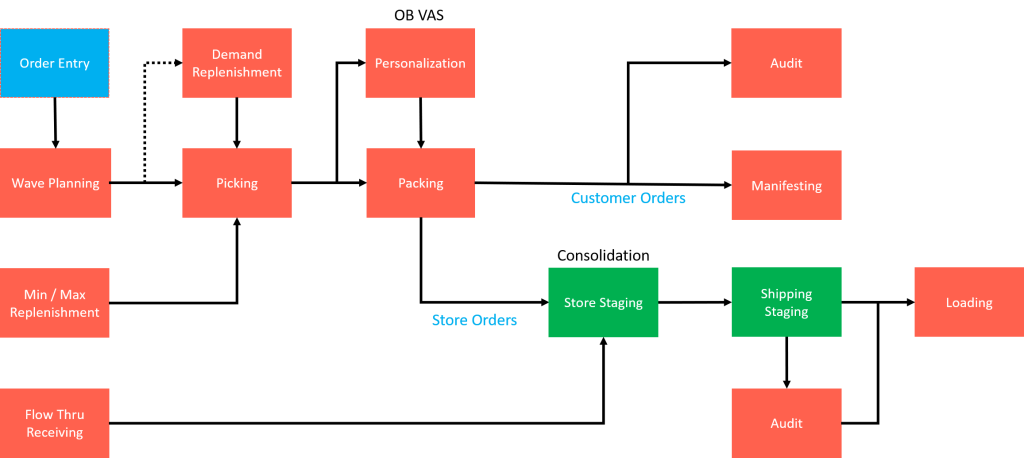 Feel free to reach out for any clarifications. If you like my blog posts then comment and subscribe to the blogs. Feel free to reach out for any clarifications. If you like my blog posts then comment and subscribe to the blogs.Join 103 other followers Email Address: Subscribe #RetailDAXing #D365Commerce Disclaimer: The information in the weblog is provided “AS IS”; with no warranties, and confers no rights. All blog entries and editorial comments are the opinions of the author. Credits: Microsoft Learn, Microsoft Docs Источник: https://sumitnarayanpotbhare.wordpre...h-adv-wh-mgmt/
__________________
Расскажите о новых и интересных блогах по Microsoft Dynamics, напишите личное сообщение администратору. |
|
|